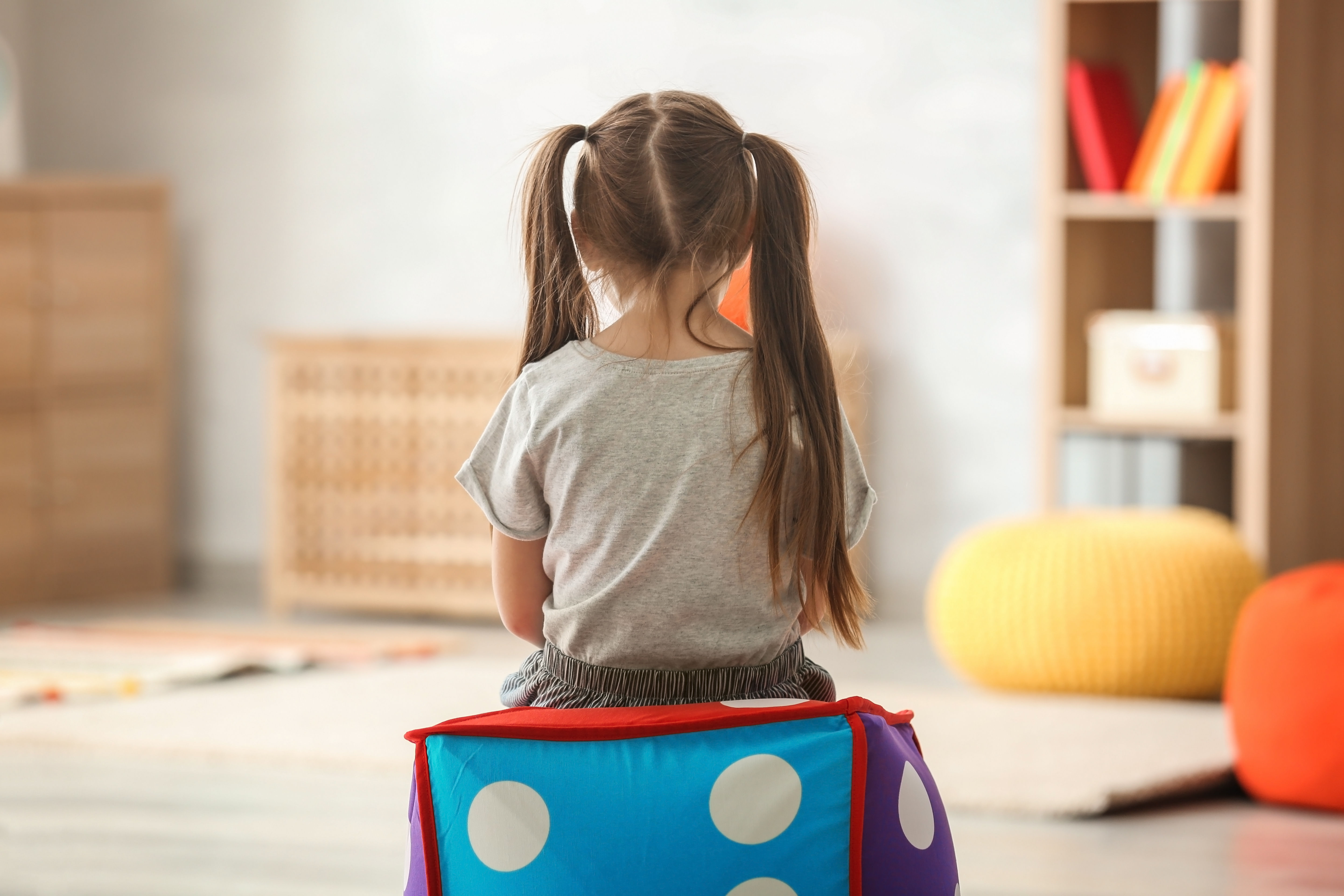DIAGNOSIS
Details will be gathered by your pediatric psychiatrist or psychologist Furthermore, they will also recommend the appropriate treatments.
Your child’s evaluation may include:
- Details of interaction with parents or caregivers
- Details about behavior over time
- Examples of behavior in different situations
- Questions about the home and living situations since birth
- An assessment of parenting and caregiving styles and abilities
Your child’s doctor will also want to rule out other psychiatric disorders and determine if any other mental health conditions co-exist, such as:
- Intellectual disability
- Other adjustment disorders
- Autism spectrum disorder
- Depressive disorders
The doctor will use the diagnostic criteria in the DSM-5, published by the American Psychiatric Association. Diagnosis can be performed in children 9 months and below up to 5 years old. The criteria include:
- Emotionally withdrawn traits towards caregivers in a usual pattern
- Social and emotional problems
- Shows no interest in the emotional necessities offered by caregivers
- No diagnosis of autism spectrum disorder
TREATMENT
More likely, it is believed that children with reactive attachment disorder can build attachments but are hindered by their experience.
The treatment goal is to ensure the child:
- Has a safe and good living situation
- Creates positive interactions and enhances the attachment with parents and caregivers
Treatment strategies include:
- Being nurturing, responsive and caring
- Providing a positive, stimulating and interactive environment for the child
- Addressing the child’s medical, safety and housing needs, as appropriate
Other services that may benefit the child and the family includes:
- Individual and family psychological counseling
- Education of parents and caregivers about the condition
- Parenting skills classes


